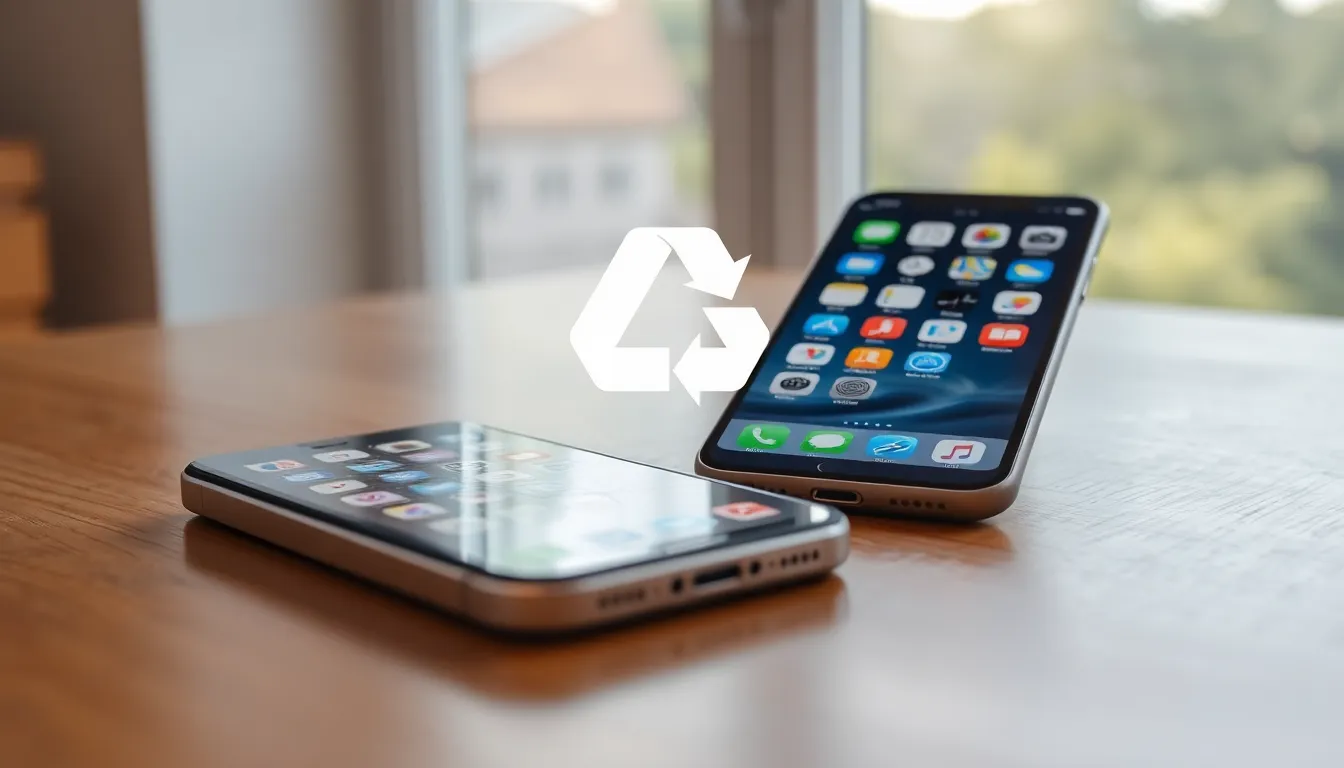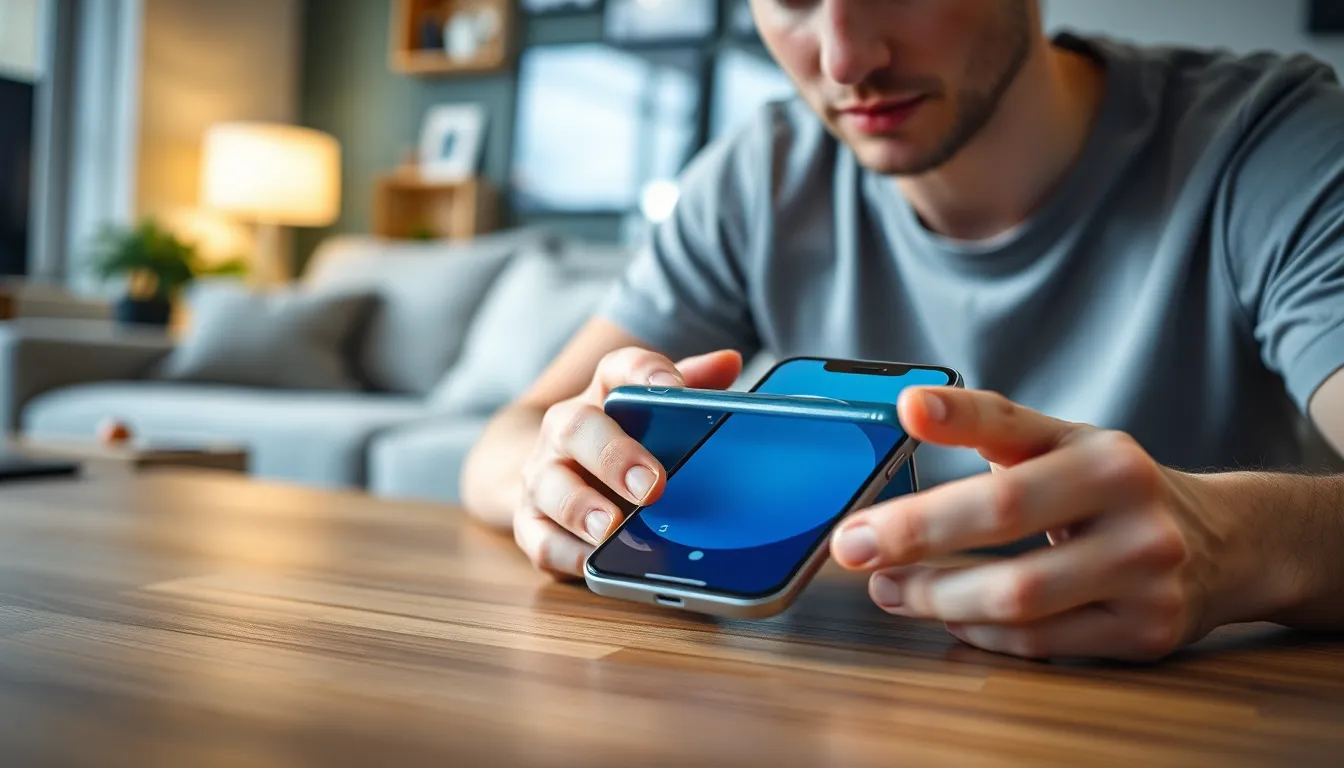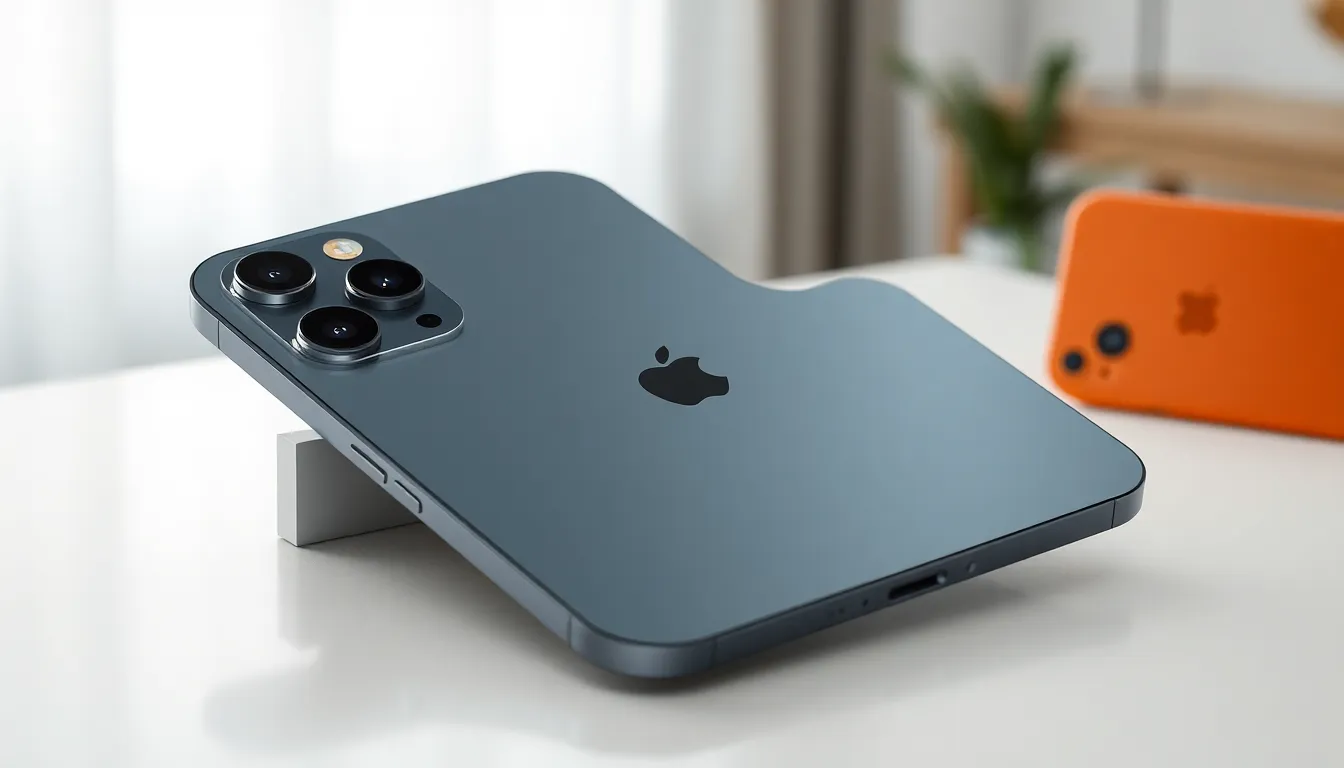Upgrading to a new iPhone is like unwrapping a shiny gift, but what about those precious old messages? They’re like the embarrassing but lovable photos from your childhood—hard to let go of! Transferring messages might seem daunting, but fear not. With a little guidance, you can keep those cherished chats alive and kicking on your new device.
Table of Contents
ToggleUnderstanding Message Transfer Process
Transferring messages from an old iPhone to a new one involves several straightforward steps. First, users should back up their old device. Completing a backup ensures that all conversations are saved securely, either on iCloud or through iTunes.
Next, activating the new iPhone is necessary, guiding users through the initial setup steps. During this setup, selecting the option to restore from backup appears. Users can then choose iCloud or iTunes as their source, depending on where the backup is stored.
Verifying the internet connection matters too. A stable Wi-Fi connection speeds up the restoration process, making it more efficient. Once the selected backup initiates, all messages, along with other important data, migrate to the new device.
Occasionally, users may need to sign into their Apple ID once the restoration process finishes. Signing in allows them to access iMessage seamlessly on the new iPhone, ensuring messages sync correctly.
After completing these steps, users can start using their new iPhone. Familiar conversations appear just as they were on the old device. Exploring features such as message search and organization helps enhance the user experience further.
Each of these steps contributes to a smoother transition for users. Following the outlined process guarantees that important text messages are preserved and easily accessible on the new device.
Preparing Your Old iPhone

Transferring old messages to a new iPhone begins with preparing the old device. Following a few simple steps ensures a smooth transition.
Backing Up Your Data
Backing up data is crucial before starting the transfer process. Users can opt for iCloud by navigating to Settings, selecting their name, and tapping on iCloud. Next, they should enable iCloud Backup, then tap Back Up Now. For those who prefer iTunes, connecting the old iPhone to a computer and selecting the device in iTunes suffices. Clicking on Back Up Now saves all essential data. Frequent backups maintain updated messaging threads, safeguarding important conversations during the transition.
Ensuring Compatibility
Ensuring compatibility between devices matters. Users need to check both iPhones run compatible versions of iOS. Accessing Settings, tapping General, and then selecting Software Update shows the current version. If an update is available, downloading it allows for seamless data transfer. Additionally, confirming that both devices have enough storage space can prevent issues related to data overflow. This attention to detail facilitates a smooth setup and minimizes any potential hiccups during the transfer process.
Methods for Transferring Messages
Transferring messages to a new iPhone involves several reliable methods. Each method serves distinct needs, ensuring users can keep their cherished conversations intact.
Using iCloud
Using iCloud simplifies the message transfer process. Begin by backing up the old iPhone to iCloud through Settings. Users should navigate to their Apple ID and select iCloud Backup to initiate this process. Once the backup completes, activating the new iPhone becomes the next step. At the setup screen, choose “Restore from iCloud Backup.” This selection allows messages, along with other data, to transfer seamlessly, ensuring users see familiar conversations right away. A stable Wi-Fi connection is essential during this backup and restore process for optimal effectiveness.
Using iTunes
Using iTunes offers another approach for message transfers. First, connect the old iPhone to a computer and launch iTunes or Finder for macOS Catalina and later. From there, select the device icon and click “Back Up Now” to create a local backup. After completing the backup, disconnect the old device and connect the new iPhone. During the setup, choose “Restore from Mac or PC” to access the saved backup. This method often provides quicker transfer speeds than iCloud, making it suitable for larger data sets. Users must ensure that the latest version of iTunes or Finder is installed for a smooth operation.
Third-Party Apps
Third-party apps present an alternative for transferring messages. Multiple applications designed for this purpose can simplify the process. Users often choose apps like AnyTrans or Dr.Fone, which facilitate easy migration of messages between iPhones. The installation of the chosen app typically follows, and then connecting both devices to a computer is necessary. Once the app detects the devices, select the messages for transfer. Many of these apps include clear instructions, aiding users through each step. Opting for third-party solutions usually allows greater customization during the transfer, appealing to those with specific needs.
Troubleshooting Common Issues
Transferring messages to a new iPhone sometimes presents challenges. Users may encounter issues like incomplete transfers, lost messages, or compatibility problems. Identifying and addressing these common issues can streamline the process.
Incomplete transfers can occur if the backup was not properly completed. It’s crucial to ensure the old iPhone is fully backed up to iCloud or iTunes before starting the transfer. Users need to verify that the backup includes all desired data by reviewing its content.
Compatibility problems between devices can also hinder message transfers. Confirming both iPhones are running compatible iOS versions is essential. Additionally, checking that each device has sufficient storage space allows for a smooth transfer.
Network connection issues create barriers during the transfer process as well. Maintaining a stable internet connection while transferring messages prevents disruptions. Users should often test their Wi-Fi network for reliability.
Third-party apps may present their own set of complications. To avoid these, users must select reputable software designed for message transfers. Researching user reviews can help identify trustworthy options.
Password errors can be frustrating while restoring from backup. Double-checking Apple ID and passwords ensures users can sign in without issues. If problems arise, using the “Forgot Password” option provides a solution.
Finally, restarting both devices can resolve minor glitches that disrupt the process. Performing a simple reboot often fixes software issues and aids in smoother transitions. Taking these steps helps ensure that all cherished messages transfer seamlessly to the new device.
Transferring old messages to a new iPhone doesn’t have to be a daunting task. With the right preparation and tools in hand, users can easily retain their cherished conversations. Whether opting for iCloud, iTunes, or a third-party app, each method offers a reliable way to ensure that important messages are just a few steps away on the new device.
By following the outlined steps and troubleshooting tips, users can navigate potential issues with confidence. This seamless transition not only preserves memories but also enhances the overall experience of upgrading to a new iPhone. Embracing this process allows users to carry their digital history forward, making the new device feel even more personal.






